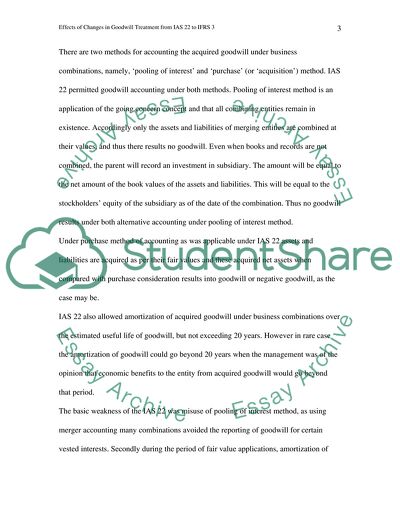Cite this document
(Effects of Changes in Goodwill Treatment Term Paper, n.d.)
Effects of Changes in Goodwill Treatment Term Paper. Retrieved from https://studentshare.org/finance-accounting/1718315-evaluate-the-implications-for-financial-reporting-of-the-change-in-the-treatment-of-goodwill-from-ias22-to-ifrs3
Effects of Changes in Goodwill Treatment Term Paper. Retrieved from https://studentshare.org/finance-accounting/1718315-evaluate-the-implications-for-financial-reporting-of-the-change-in-the-treatment-of-goodwill-from-ias22-to-ifrs3
(Effects of Changes in Goodwill Treatment Term Paper)
Effects of Changes in Goodwill Treatment Term Paper. https://studentshare.org/finance-accounting/1718315-evaluate-the-implications-for-financial-reporting-of-the-change-in-the-treatment-of-goodwill-from-ias22-to-ifrs3.
Effects of Changes in Goodwill Treatment Term Paper. https://studentshare.org/finance-accounting/1718315-evaluate-the-implications-for-financial-reporting-of-the-change-in-the-treatment-of-goodwill-from-ias22-to-ifrs3.
“Effects of Changes in Goodwill Treatment Term Paper”, n.d. https://studentshare.org/finance-accounting/1718315-evaluate-the-implications-for-financial-reporting-of-the-change-in-the-treatment-of-goodwill-from-ias22-to-ifrs3.


